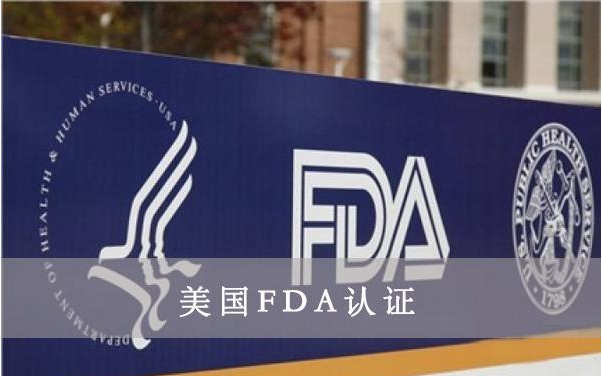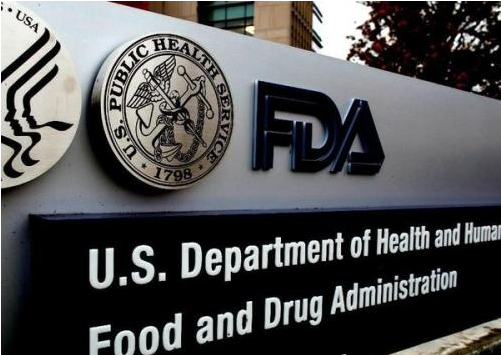Manufacturers exporting to the EU use the CE mark directive. The relevant basic health and safety requirements of the product must meet the standards. These CE marks are affixed to the product, while the United States does not use the CE mark and any other conformity marks. The US unique method is FDA registration, which is US Food and Drug Administration.

The difference between US FDA registration and EU CE certification
In the European Union, there is only one procedure to make your regulated products comply with the applicable regulations, which is to follow the CE marking steps. In the United States, the type of product and the corresponding federal agency will decide which steps to follow to match your product.
In the United States, the design and compliance checks for product safety requirements are performed by the same federal agency. In the European Union, the design is carried out by the European Commission, but it is checked by the national competent authority.
In the European Union, the new directive was designed from scratch. In the United States, product requirements are based on national laws established by Congress.
Standards are usually formulated on the voluntary basis of the European Union, but can be enforced in the United States.
In the United States, some state laws and regulations are more stringent than federal laws. In the European Union, the European laws of all member states are at the same level.
US case law emphasizes the "general obligation to warn" of product risks.
These differences will also affect the operating instructions that accompany the product. The United States must strictly abide by the requirements for use instructions in the mandatory standards. In the European Union, the basic requirements stipulated in the law are mandatory, and standards can be used voluntarily to meet these basic requirements. Another effect of the difference is that the design, placement, and formulation of warnings play a more important role in the United States. When exporting from the EU to the US (or vice versa), differences should be considered, so the instructions should also comply with all laws and minimize product liability.
Every business that manufactures, imports, or distributes must ensure or act with caution to ensure the safety of the products it sells. By pasting the CE mark on the product, the product manufacturer declares compliance with all applicable regulations to achieve the CE mark. Directives/regulations list requirements in general terms. As a result, the basic requirements define the results to be achieved or the risks to be resolved, but there is no technical solution to do so. Accurate technical solutions can be provided by the manufacturer's decision to adopt uniform standards or other technical specifications. This flexibility allows manufacturers to choose the way to meet the requirements.
Identify directives and/or regulations and uniform standards applicable to the product
Verify product-specific requirements
Determine if an notified body is required for independent conformity assessment
Test the product and check its eligibility
Draft and retain required technical documents
Formulate EC declaration of conformity and paste the CE mark on the product
The following general steps will guide you through the process of conforming documents (information, warnings, markings, instructions, sales instructions) to relevant product safety regulations:
Identify applicable directives and product-specific uniform standards for the product
Identify the requirements for drafting (user) instructions as specified in applicable relevant product regulations
Identify uniform standards for user instructions. Commonly used EN-IEC 82079-1
Draft instructions as required (and other technical documents)

2. Steps to comply with US consumer product regulations
As an enterprise that produces, imports, or distributes consumer products, it has various behaviors, laws, and final regulations. The type of product and the corresponding federal agency will determine which steps to fully follow to make your product compliant. For example, as described on the CPSC website, the following steps will help guide you through the process of federal government safety regulations regarding products under CPSC jurisdiction:
Do you make products for children?
What rules apply to my products?
How do I test and certify my product?
What labels do I need for my product?
What is mandatory reporting?
I still need more help
The following steps will guide you through the entire process so that the product documentation fully complies with US standards, laws, etc.,
Determine the behavior and laws and regulations applicable to your product
Identify the competent federal agency for your product
Determine which standards your product must implement
Determine which standards are suitable for your product
Identify specific requirements for appropriate instructions
Identify uniform standards for user instructions. Commonly used EN-IEC 82079-1 and ANSI Z 535.6
Verification of product-specific requirements according to voluntary and mandatory standards
Draft instructions as required (and other technical documents)
Add.:Room703、705/7F, Development Building, Tian An Hi-Teck Ecological Park, No.555 North Road Panyu Avenue, Panyu District, Guangzhou City, 511400, China
Tel.:020-39211670 Fax:020-39211640 E-mail:info@certitek.cn

